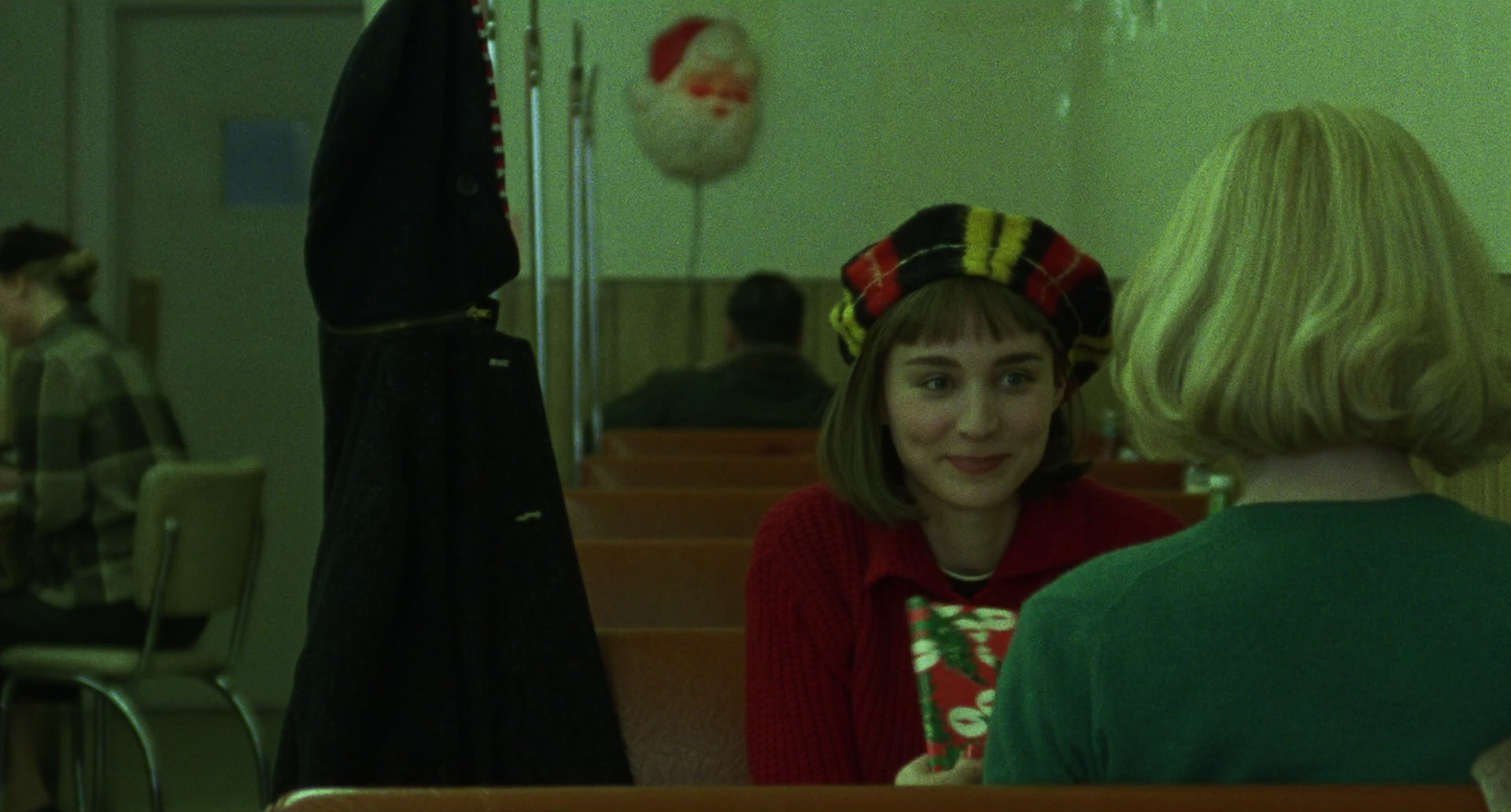Table of Contents Show
Queer representation is on the rise. With more storylines involving and centering around queer character relationships, there is more representation than ever. Heartstopper (2022–), Young Royals (2021–), and Queer Eye (2018–), among so many other queer shows and movies, have merged into mainstream popularity. However, these shows have one thing in common: they are all MLM (man-loving-man) content. While we have more queer representation, not all communities are afforded that representation, especially the WLW (woman-loving-woman) community. This is due to good old sexism and the age-old belief that WLW relationships are not “real.” WLW deserve content marketed toward them, just as much as MLM do.
The History Of The Lesbian
To understand why WLW content and the community itself are so undervalued, you have to examine the history behind the label ‘lesbian’ and how they were treated throughout history in the Western world. In the 19th century, homosexuality was criminalized in most of the world, especially in Europe and the UK. However, the homosexuality being targeted was comprised of entirely MLM with anti-sodomy laws, and sodomy generally only refers to anal and oral intercourse, mostly with a penis. Therefore, women were spared from this definition as anal intercourse and oral with a penis are not generally performed amongst lesbians.
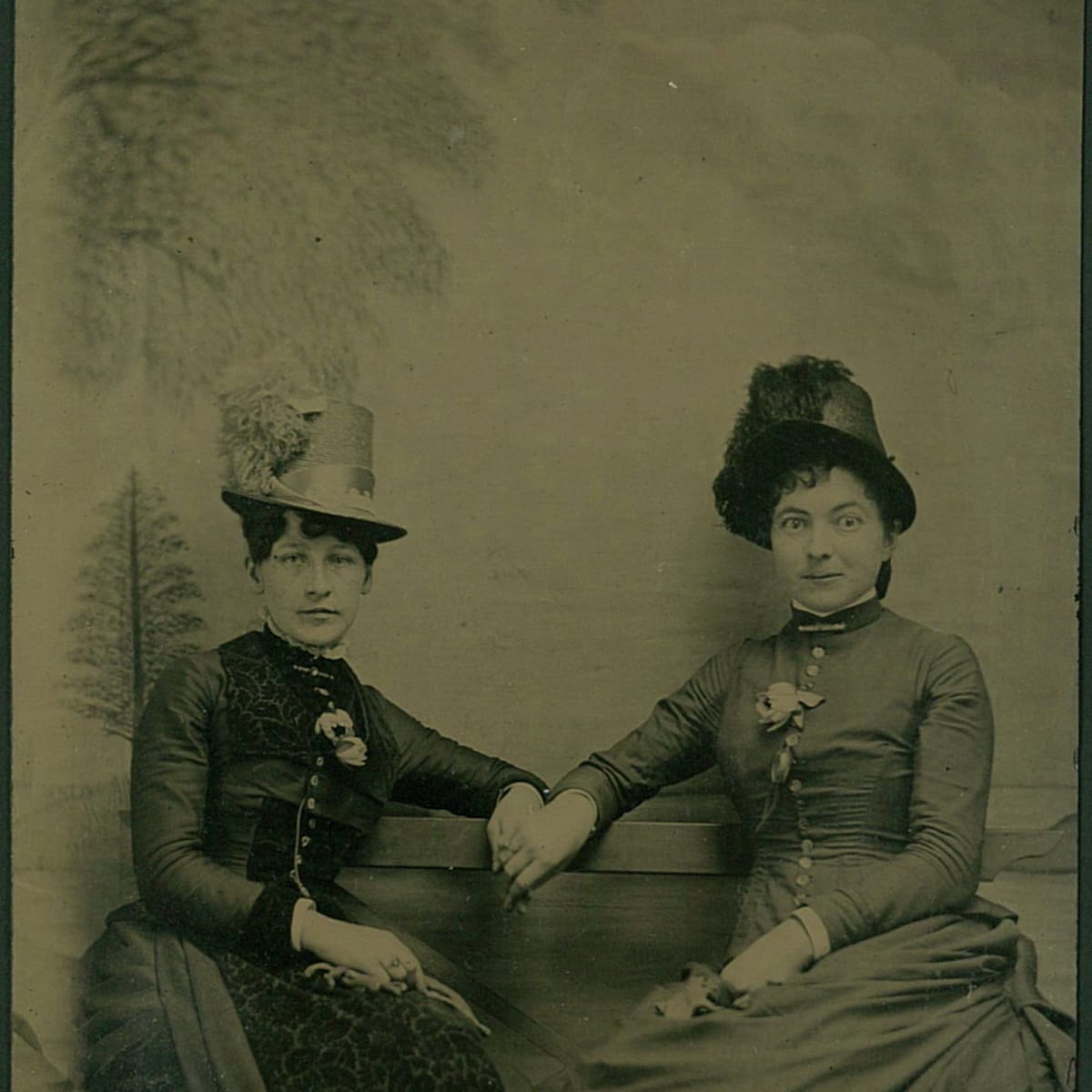
But women weren’t targeted just because they were, in general, exempt from the sodomy definition. It was because, when ruling-class men began drafting anti-homosexual legislation, they did not want their wives and daughters to find out that women could have sex with each other (( Derry, Caroline. Lesbianism and the criminal law of England and Wales. Feb 10, 2021. )). This is not to say women were not prosecuted for engaging in homosexual behavior, which they were. But, rather than bring attention to the fact that women could be arrested for engaging in homosexual behavior, lawmakers decided to keep their girls and women innocent of the idea and didn’t raise the issue at all by omitting women’s homosexuality from the legislation.
Because women were seen as sexless beings, they were not allowed to be around men whatsoever. Women were encouraged to join spheres outside of men, allowing them to cultivate passionate and loving “friendships” that made intense affection amongst women somewhat normal (( Blakemore, Erin. “Women Got ‘Married’ Long Before Gay Marriage.” Dec 28, 2017. )). While this may seem like a step in the right direction, this normalization did more harm than good. In fact, it has led to the historic dismissal of romantic relationships between women because women are just so naturally affectionate and show their affection in similar ways as “actual” couples.
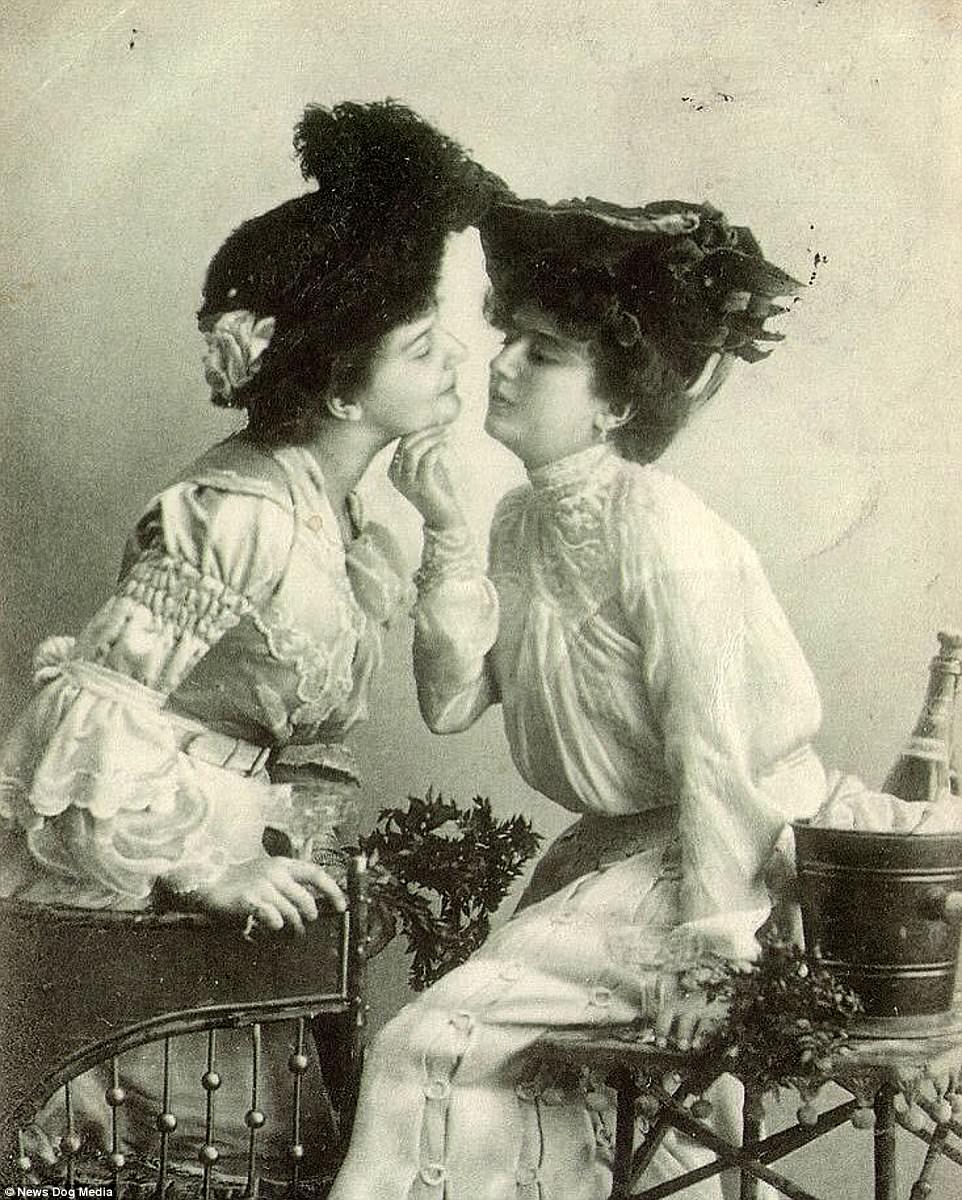
Women were not seen as sexual beings as men were (since they were not allowed to be), so things such as kissing, holding hands, and hugging were all seen as innocent fun between friends rather than two women who were romantically and sexually attracted to each other. They were allowed to openly move in together, share a bed, share finances, and live together until they die without suspicion (as long as they didn’t divulge the details of their sex life). All of these things would be considered taboo to do with a man: graduate from college and move in with a man without marrying. But doing these with a woman was perfectly fine because it wasn’t as if they would do anything inappropriate, such as having sex, supposedly.
So, WLW managed to live generally under the radar–which may be considered a privilege compared to how queer men had to question every move they made so as to not look homosexual–but not without consequence. Because of the lack of laws against lesbians, WLW relationships were not taken seriously, and it still has those same repercussions today. It’s even become a meme, with the phrase “and they were roommates” from a famous Vine used to refer to people (especially historians) who cluelessly label lesbians as roommates and friends.
Late 20th Century Lesbians
Queer communities grew exponentially in the late 20th century, ranging from the late 70s to the 80s. While there were communities earlier in the century, ranging from midnight rendezvous of queer people and clandestine basement meetings, these communities grew in size in the Western world as society became more progressive in the wake of the Civil Rights movement and the Stonewall riots in 1969. While homosexuality was still taboo, people now knew about it and knew people performed homosexual acts rather than keeping it a mysterious possibility that nobody would dare do. With these new communities came WLW and MLM solidarity. While society perceived these communities in different lights, they still suffered the same problems: oppression and violence.
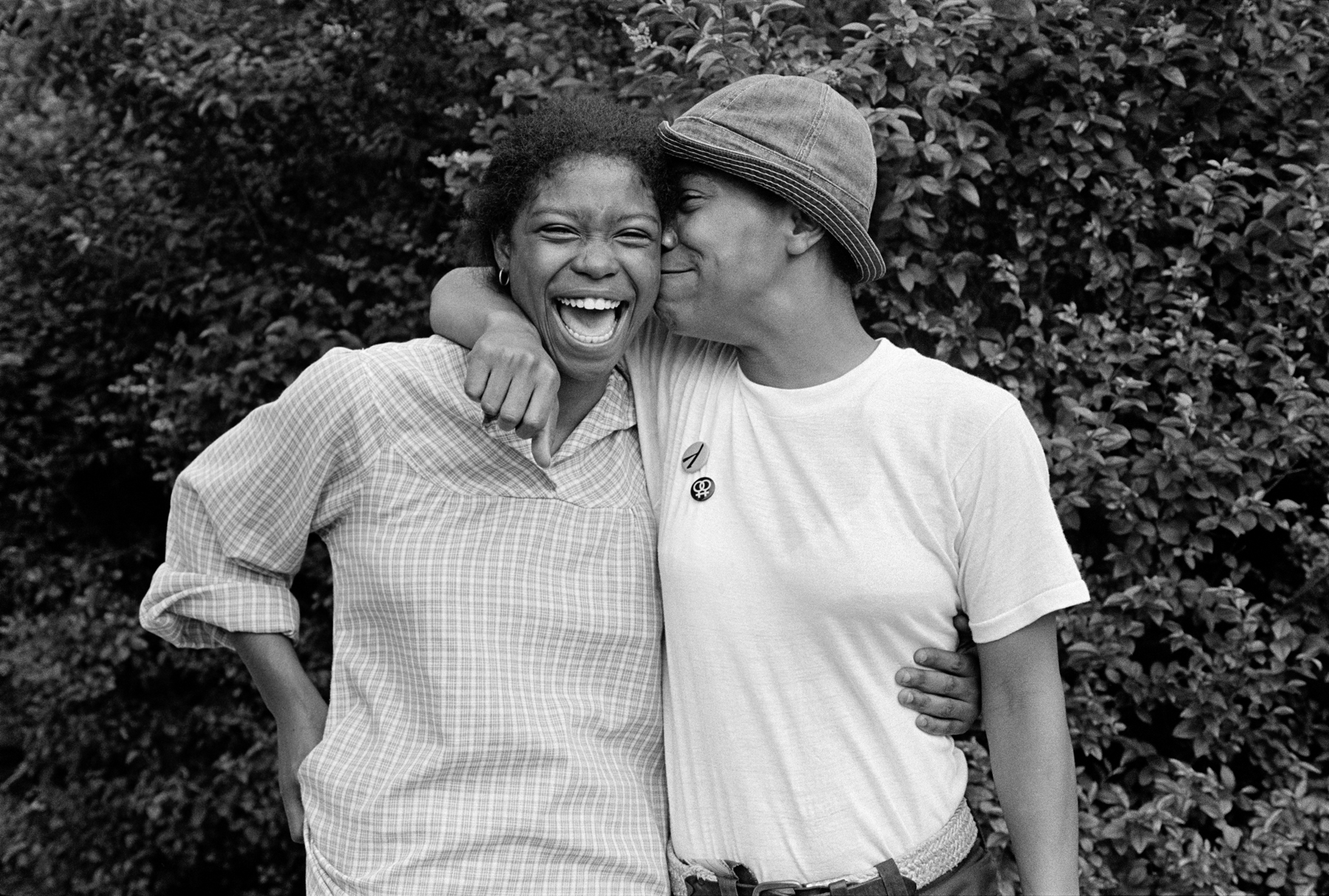
To stay strong and to support each other, they banded together and advocated for LGBT awareness and equality on college campuses and in cities through pride marches. Lesbians and gay men produced magazines and newspapers promoting LGBT rights, showing they were on the same level. WLW were at the cusp of being taken as seriously as MLM since they were often seen together, meaning the general public associated the two communities together rather than as separate entities. This is also due to the second-wave feminism movement at the same time, which fought for gender equality and sexual freedom. This allowed the gap between women and men to close just a bit more, solidifying WLW as a serious community.
However, the AIDS epidemic in the 80s ripped all the unifying work WLW and MLM built together. When AIDS was first discovered, the condition was dubbed GRID, or gay-related immune deficiency, because it was mostly found in sexually active gay men. The disease that gripped the U.S.–and later the rest of the world–was solely associated with gay men. Therefore, MLM were once again on everybody’s mind–albeit, for all the wrong reasons–instead of WLW. Gay men–especially white and flamboyant–became the face of the LGBT movement. When people discussed the LGBT community, the first thing that came to mind was sickly and withered-away gay men in hospital beds rather than both lesbians and gay men.
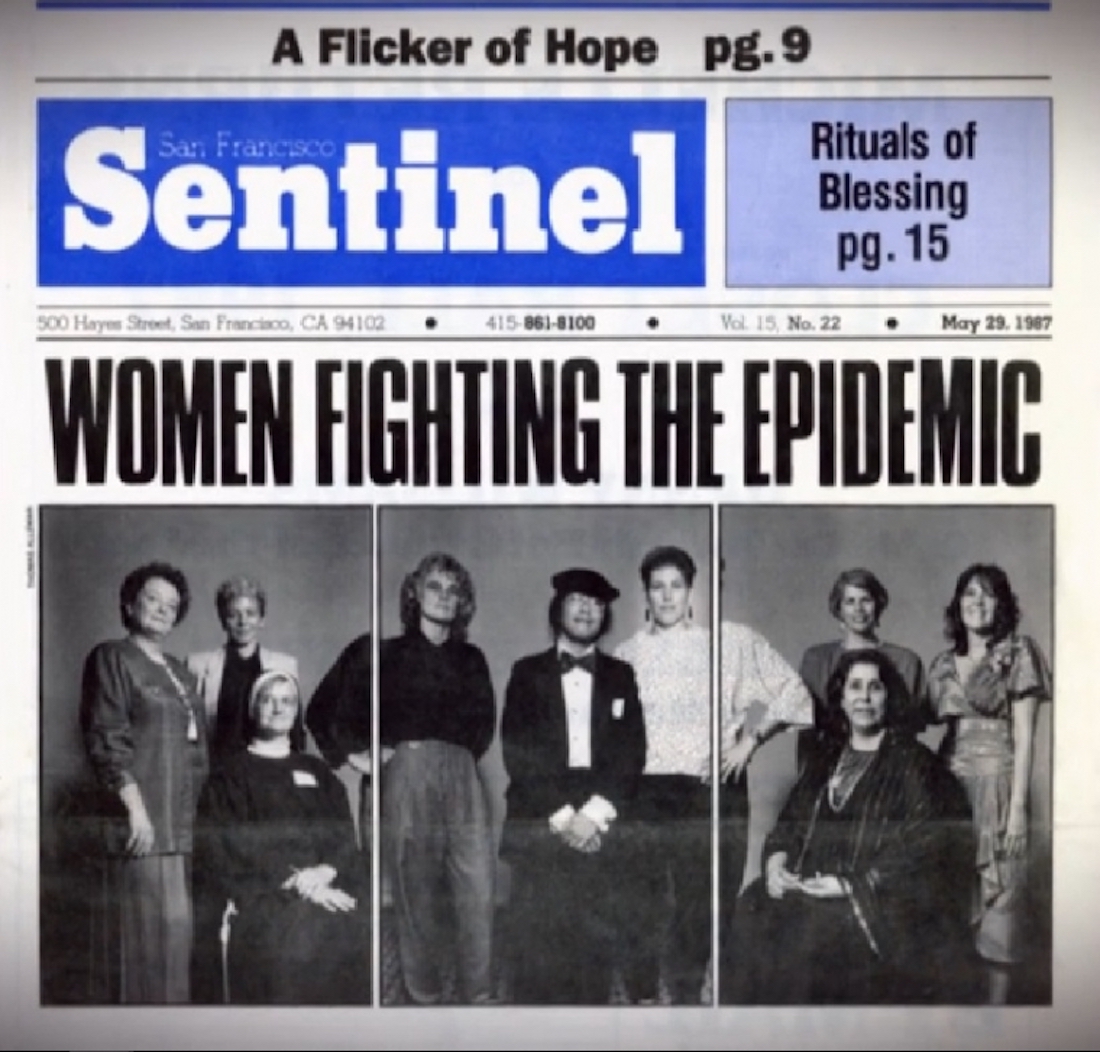
WLW healthcare workers were among the first to give AIDS patients care. When nobody would touch AIDS patients or even step into their hospital rooms, WLW were there to soothe them and provide close-up care. They were among the first to fight alongside gay men for healthcare for AIDS victims and a cure. But their care wasn’t always received positively, both by straight people and the queer community. Because HIV primarily affected gay men, they were often offended when lesbians attempted to “butt in” to their issues and “take over,” resorting to misogynistic comments. Other queer women, on the other hand, felt as if their issues were being abandoned. (( Rodriguez, Mathew. “Lesbians on the Front Lines: Meet the Queer Women Who Cared for People With AIDS During the Epidemic’s Height.” ))
The MLM and WLW communities were completely severed by this tragedy, and what’s more, WLW did fade into the background. Because AIDS was such a prominent gay men’s issue, gay men were inevitably on everybody’s radar. In addition to that fact, Hollywood loves dramatic tragedy. Therefore, many queer films nowadays are about the AIDS epidemic, and who is most likely to star in those? That’s right: gay (white) men. By the time protease inhibitors came out in 1995, the AIDS epidemic dramatically decreased, saving the lives of countless gay men and others infected with the virus. However, the damage had been done: the AIDS epidemic lodged a wedge within the WLW and MLM communities and made WLW fade to the background. There were places where WLW could hang out: lesbian bars, clubs, and casual parties.
But gay men, both in the 80s (until AIDS hit), and once again in the 90s, got all the glitz and glamor with bathhouses, big nightclubs, and busy bars. More attention was brought onto MLM once again, and while most of that attention was bad, it meant that in the future, that attention would transform into content, while WLW attention lagged far behind.
Sexual Fluidity
In addition to WLW fading to the background, women are simply afforded more sexual fluidity than men. This continues the notion that the romantic affection — such as kissing, hugging, and handholding — shown between women is nothing more than two friends showing how much they love each other. Therefore, women are allowed to experiment a lot more with different genders (especially in contemporary society), and in public scenarios, compared to men. It’s not a strange sight to see two women previously believed to be straight (and one of whom may have a boyfriend) making out at a nightclub or frat party, and they may even be encouraged by the people (most likely men) around them.
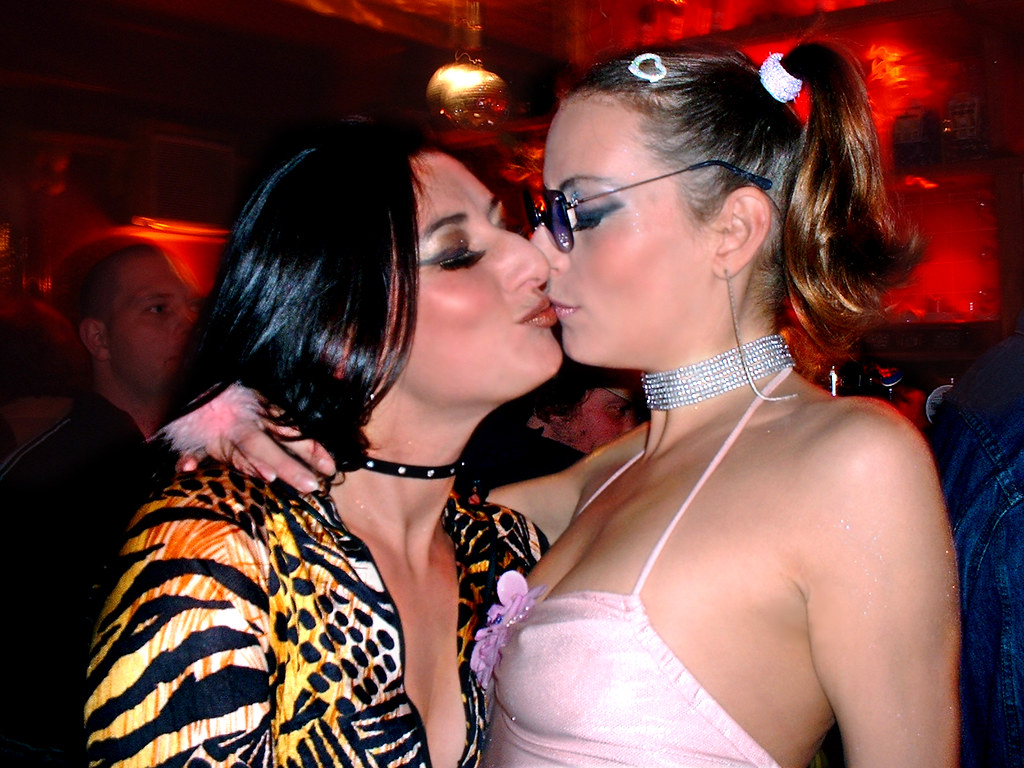
Straight (and white) men could never get away with the same thing and be able to call themselves straight. Men will haze each other by slapping each other’s asses, humping each other, and sticking thumbs up each other’s buttholes, but kissing and hugging are seen as “gay” (( Ward, Jane. “Not Gay: Sex Between Straight White Men. 2015 )). That’s because the former actions are all to assert dominance and are in a way violent, while the latter actions are emotional and intimate exchanges. Toxic masculinity is so ingrained that any form of affection a man shows must be in some way violent or attempting to dominate the other.
Men are not allowed to be emotional beings. Some even consider it “gay” to show affection toward biological women, calling each other “simps” for wanting to hang out with their girlfriends. If a man were to show any emotional affection toward his male friend, whether it be a long hug or God forbid a kiss on the lips at a party, they would be stuck with the “gay” label because they showed an emotional vulnerability only gay men show. “Straight” men will have sex with other men, but it’s all about power and dominance. Kissing, and other tender forms of affection such as handholding, do not have that exchange of power. People do those to genuinely show affection.
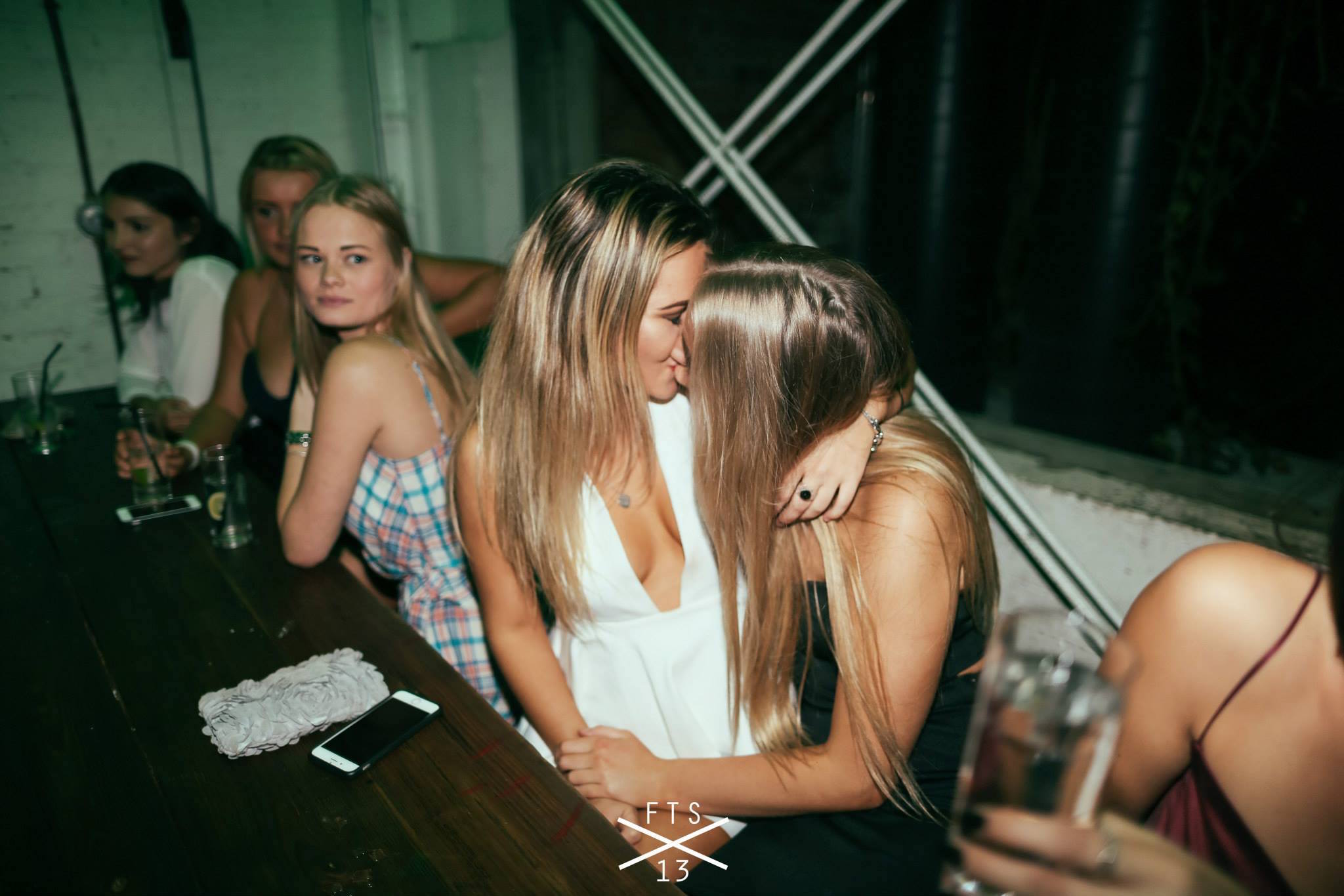
Women do not suffer from the entrapment that is toxic masculinity. This means they are allowed to experiment without being stuck with a label. They can proudly proclaim they made out with a girl in a basement and still be considered straight because girls are emotional creatures. Even after having sex with another woman, people and the women themselves say it’s just a “phase.” If a man were to have passionate, kissing-on-the-mouth sex with another man outside of a dominance context, he’d be pegged as gay for life. This contributes to media since, when people see two women kiss onscreen, they would take it as less of a shock than when two men kiss onscreen.
If two women kiss onscreen, it’s a playful and ‘oops’ scenario that may lead to something, or it may not. They can part ways without much consequence, and that quickly leaves viewers’ minds. If two men kiss, that becomes the main storyline. There is no way two men would kiss onscreen and it would be forgotten. If two men kiss, that completely changes the direction of the show, and the plot needs to focus on the development of the characters and relationship. Toxic masculinity hurts both communities: it hurts MLM by forcing every man into a box, and it hurts WLW by taking away their boxes and leaving them with no labels at all.
The Definition Of Sex
First, women were considered to be sexless beings who never got aroused. Once people understood toward the end of the 20th century that women indeed do get aroused and want to have sex — especially with other women — the questions began to arise, the biggest being: how do lesbians…do it? For many people, the definition of sex is penis-in-vagina penetrative sex. The fake concept of virginity is also based upon this, where a woman loses her virginity the second a penis penetrates her, excluding dildos. By this logic, a lesbian would never lose her virginity, and by default, never has “real” sex. WLW have sex with their tongues, fingers and hands, dildos, and other bodily orifices and penetrative items, but ultimately not with a “real” penis. Therefore, anything two women in a sexual relationship do is not sex and is not taken as seriously as penetrative sex. Because so much of media and society’s conceptions of relationships rely heavily on sex, of course, WLW would be left out of the equation.
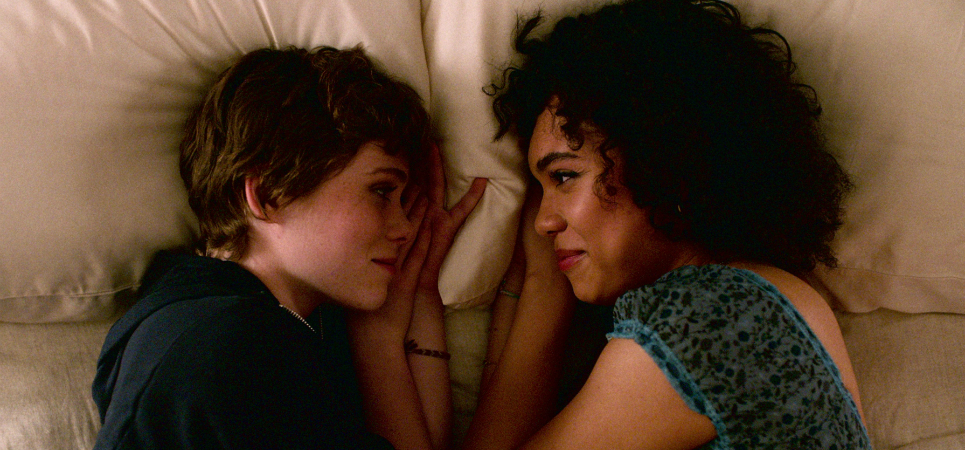
Most shows and movies are produced for the male gaze, and justly produced lesbian films directed by a woman do not cater to that gaze since these movies tend to focus on the emotional aspects of the relationship, as seen in Carol (2016; Todd Haynes). These movies are “boring” by the majority of society’s standards, more or less catering only to other WLW, which is a much smaller demographic than MLM movies get (both MLM and all types of women). Since the movie would theoretically only contain emotional themes rather than having a satisfying sexual subplot (by society’s standards), they are often snubbed by general audiences when released, if released at all. Because the general public hasn’t shown a great interest in WLW content, studios won’t risk losing money by producing that content and instead focus on content that does make them, AKA MLM and straight storylines.
Good Ol’ Sexism
Society does not like women. It is not a secret, and this misogynistic sentiment bleeds into the media, with only 29% of films having female protagonists in 2020 (( Jackson, Angelique. “Study Shows Sharp Decline of Female Protagonists in 2020’s Top Grossing Films.” Apr 13, 2021. )). While this is a sharp decline from 40% the year before, women still haven’t broken the 50% in representation in films. Not to mention that 71% of these protagonists are white women, meaning there is even less representation for WLW of color. Women are not considered a worthy-enough subject to make content about, and WLW less so.

MLM do get content and representation, but this representation is not always good. As said before, Hollywood loves tragedies and real-life stories, and MLM have more tragedy-porn content. From AIDS (as mentioned previously) to violent beatings (think of Matthew Shepard and The Laramie Project), and regular discrimination (since WLW were never directly discriminated against in the law), there is plenty of content to mine from the MLM community. This, paired with the fact that many MLM have penetrative, and thus “real,” sex, and that they are men, all create the perfect equation for good ratings, big-box office opens, and great public engagement.
WLW Vs. MLM Representation In Movies
Compare The Miseducation of Cameron Post (2018; Desiree Akhavan) and Boy Erased (2018; Joel Edgerton). Both movies are about conversion therapy, and both movies were released in the same year. Cameron Post‘s box office came out to $1.4 million with a budget of $900,000. Not much of a profit for anybody. Boy Erased‘s box office was a whopping $11.9 million, with a budget of $11 million. Not much of a profit there, either, but the difference is the latter has potential. Had the budget been smaller, the studio would have made lots of profit, and they (along with other studios) can see that. Cameron Post only had a fraction of a budget, and an even smaller box office.
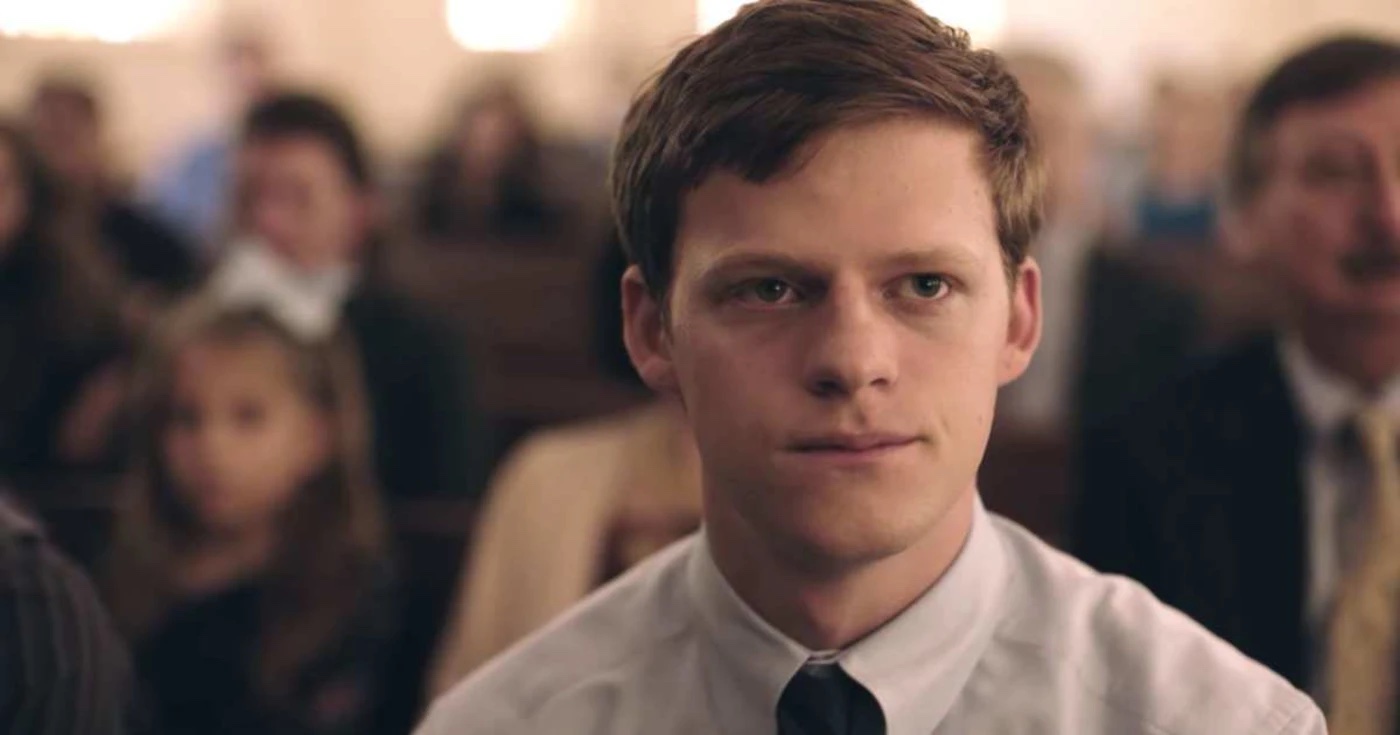
Both movies were about the same thing and involve the same tragic premise. The only difference is one involves a gay man and the other involves a lesbian. One could say that Boy Erased‘s release could have overshadowed Cameron Post‘s release. However, Cameron Post actually came out a few months before Boy Erased. People had their chance to watch a tragic story about a lesbian going through conversion therapy. But, unfortunately, the story of a gay man caught the eye of the public more. It doesn’t matter which movie is better, because, frankly, what really shines is the money. And with every release of MLM vs WLW movie, MLM box offices shine brighter.
WLW Vs. MLM Representation In Books
This doesn’t stop at just movies and TV shows, though. Books also suffer this blatant favoritism of MLM relationship, as evidenced by the disparity between Casey McQuiston’s books Red, White, and Royal Blue (RWRB) and One Last Stop (OLS). The former book portrays an MLM relationship while the latter has a WLW relationship, and yet only one has come out with a movie deal. Yes, it’s RWRB. While the MLM romance was published before OLS, meaning it had more time to pick up traction, it had an incredibly popular release with many enthusiastic fans giving it a welcome reception. OLS, despite being released over a year ago, has slipped quietly under the radar.
Typically, bookworms (or general book readers) are more well-educated and open-minded than the general mainstream media consumer. This would mean that, in a perfect world, WLW books would get as much hype as MLM books, having bombastic releases such as RWRB. However, this is not the case. WLW books suffer while MLM are at the top of the charts, receiving numerous accolades, movie and TV show deals, and free advertising on social media such as TikTok and Instagram. The people who promote WLW books are either part of the community or are intentionally trying to make a point of promoting WLW books over MLM to expand representation rather than recommending a book simply because they liked it.
WLW Have Hope
Not all hope is lost, however. Consumers do pull through in the end, and sometimes, studios listen to them. This is evidenced in Arcane, where the most popular ship (according to AO3, a very consumer-oriented fanfiction site) is a WLW ship involving protagonist Vi and guard Caitlyn. Of course, there’s a MLM ship (which involves two characters who hate each other, Jayce and Viktor) that is also popular, but Vi and Caitlyn’s ship far outweighs Jayce and Viktor in terms of fan approval. While both ships are not yet canon, the creators of the show are really pushing Vi and Caitlyn together based on their flirtatious and suggestive conversations and actions.
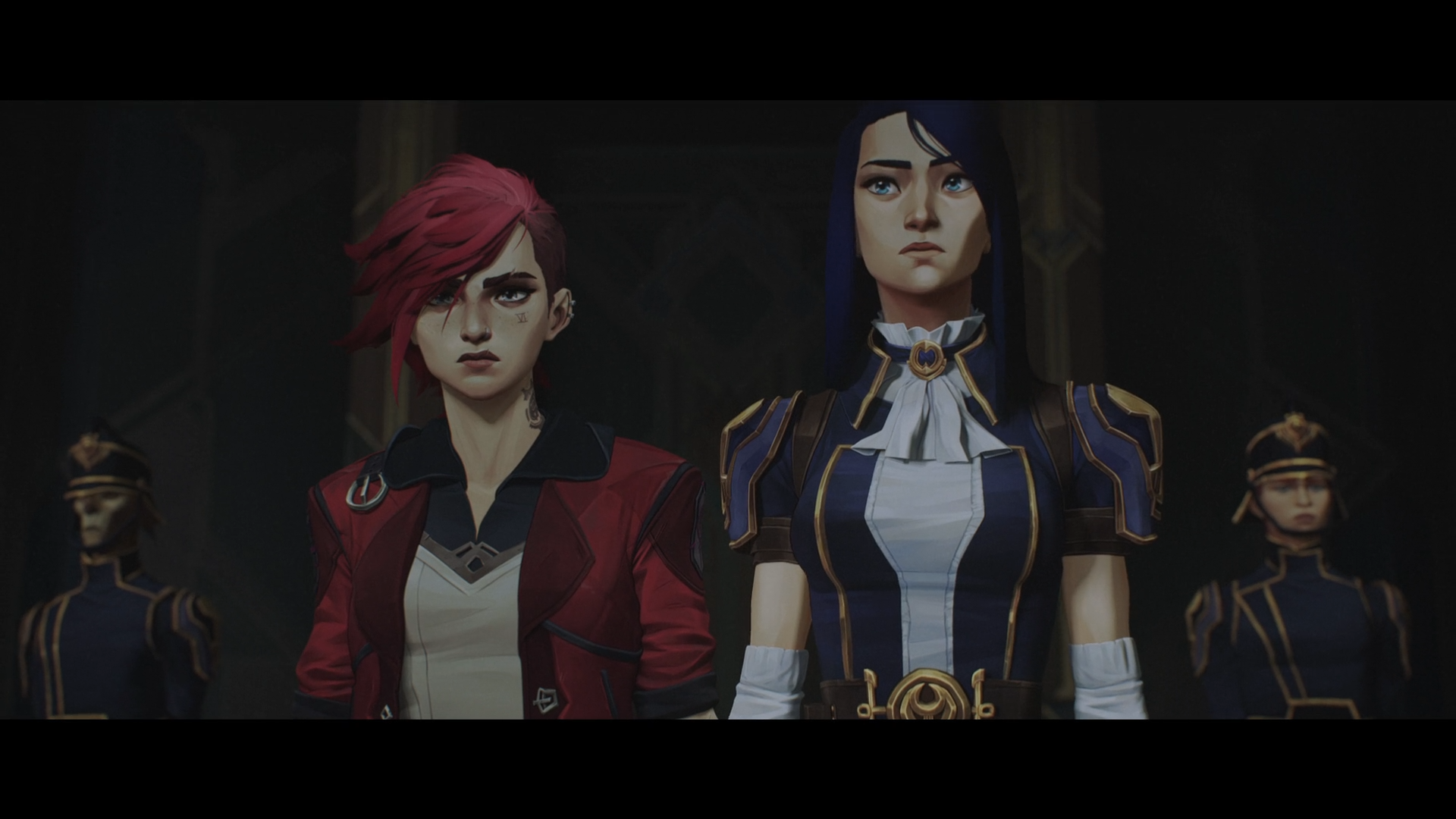
It’s worth mentioning this in order to compare it to the relationship between Jayce and Viktor. They hate each other (and while bisexuality exists, Jayce is heavily implied to be straight by sleeping with a female character), and it’s extremely unlikely they will be together. But, what if the creators extended Vi and Caitlyn’s flirtatious undertones to Jayce and Viktor? What if the two male characters didn’t hate each other as much as they do and sleep with other people? According to the data and other examples throughout this article, the MLM ship in this instance would most likely far outweigh the WLW ship in terms of fan popularity if both characters were implied to like each other.
It’s disheartening for WLW, and anybody who enjoys WLW, to see that the only way WLW relationships outweigh MLM is when the male characters a) hate each other and b) are implied to be straight. Additionally, people ship male characters who barely interact, and yet female characters have to intensely flirt in order for fans to even think to ship them together. If the disparity in MLM fanfiction and WLW fanfiction in fandoms says anything, it shows that people much prefer reading and writing MLM (sometimes about two male characters who interact twice onscreen) than WLW ones. And while people should not feel obligated to enjoy WLW content, change first starts by recognizing that there is a problem.
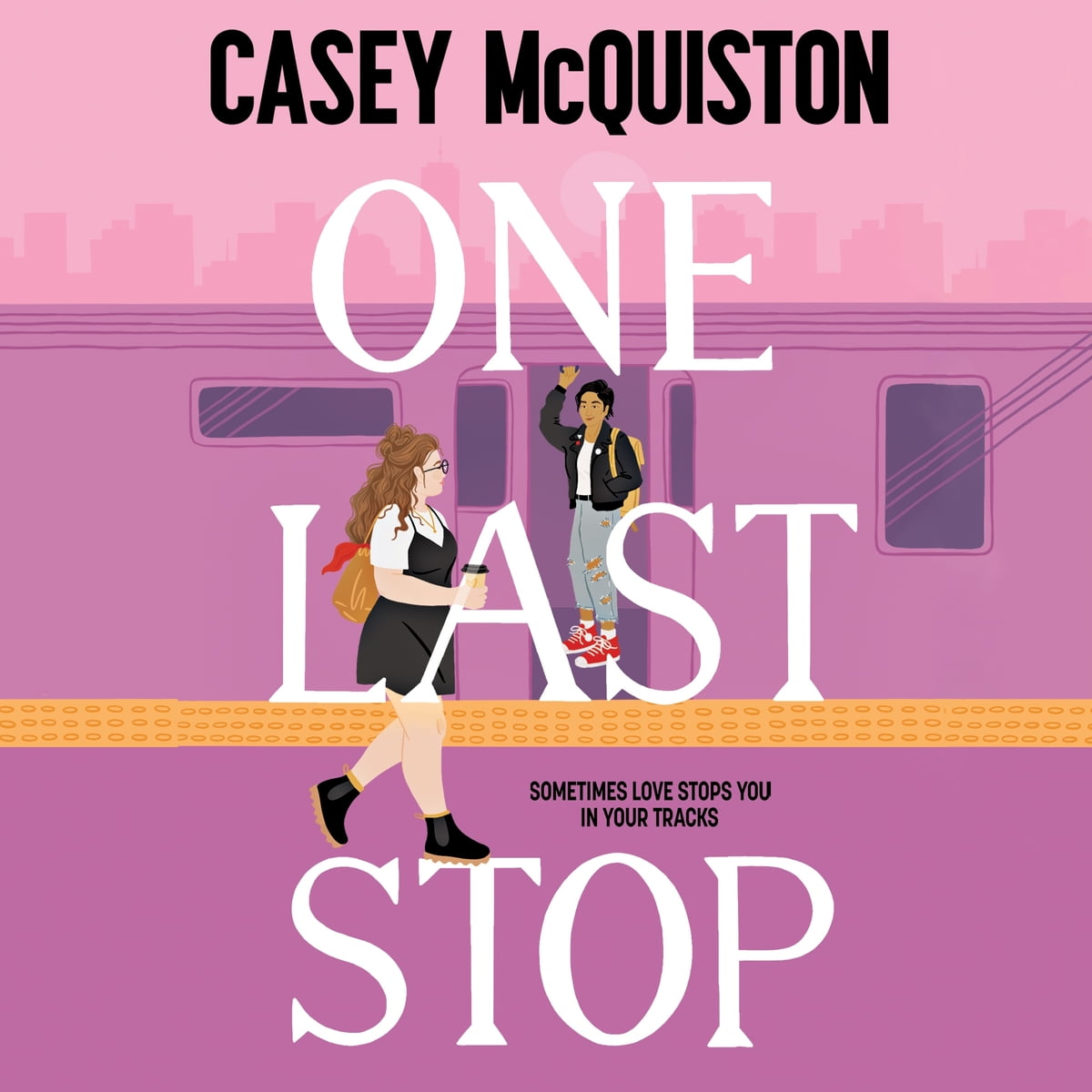
MLM certainly do get the short end of the stick in media compared to heterosexual couples since most of their shows and movies revolve around tragedies and homophobia. But the tide is turning. With shows and movies such as Heartstopper, Love, Simon (2018), and Our Flag Means Death (2022-present), positive MLM representation is soaring, allowing young queer boys to have positive queer male figures and to see healthy MLM relationships onscreen. All of these shows and movies are popular in mainstream media and on social media apps such as Twitter and Instagram.
WLW have a smattering of shows and movies such as Killing Eve (2018-2022), The L Word (2004-2009), and Euphoria (2019—present). While some media focus entirely on the lesbian couple, more often than not, they are side characters/couples. While shows such as Heartstopper certainly deserve kudos for attempting to give as much screentime to WLW couple Tara and Darcy as MLM main couple Charlie and Nick, they are still considered a side couple. Additionally, many WLW shows are obscure, enjoyed primarily by WLW instead of by a wide audience. WLW have representation, but they have to actively seek it out instead of coming across it trending on Twitter or seeing screenshots of it on Instagram.
WLW Need More Content… And More Marketing!
There’s not much we can do to change society’s view toward women, and especially queer women, immediately. Most people, whether they are conscious of it or not, still have the false notions that sex includes only penis-and-vagina, that virginity is a thing and it’s only lost when a woman is penetrated by a penis, and that male storylines are more compelling than female storylines. MLM content gets an instant boost in viewership just because of the fact that they are men, and their being gay gives that sort of “exotic” fascination compared to a straight couple.
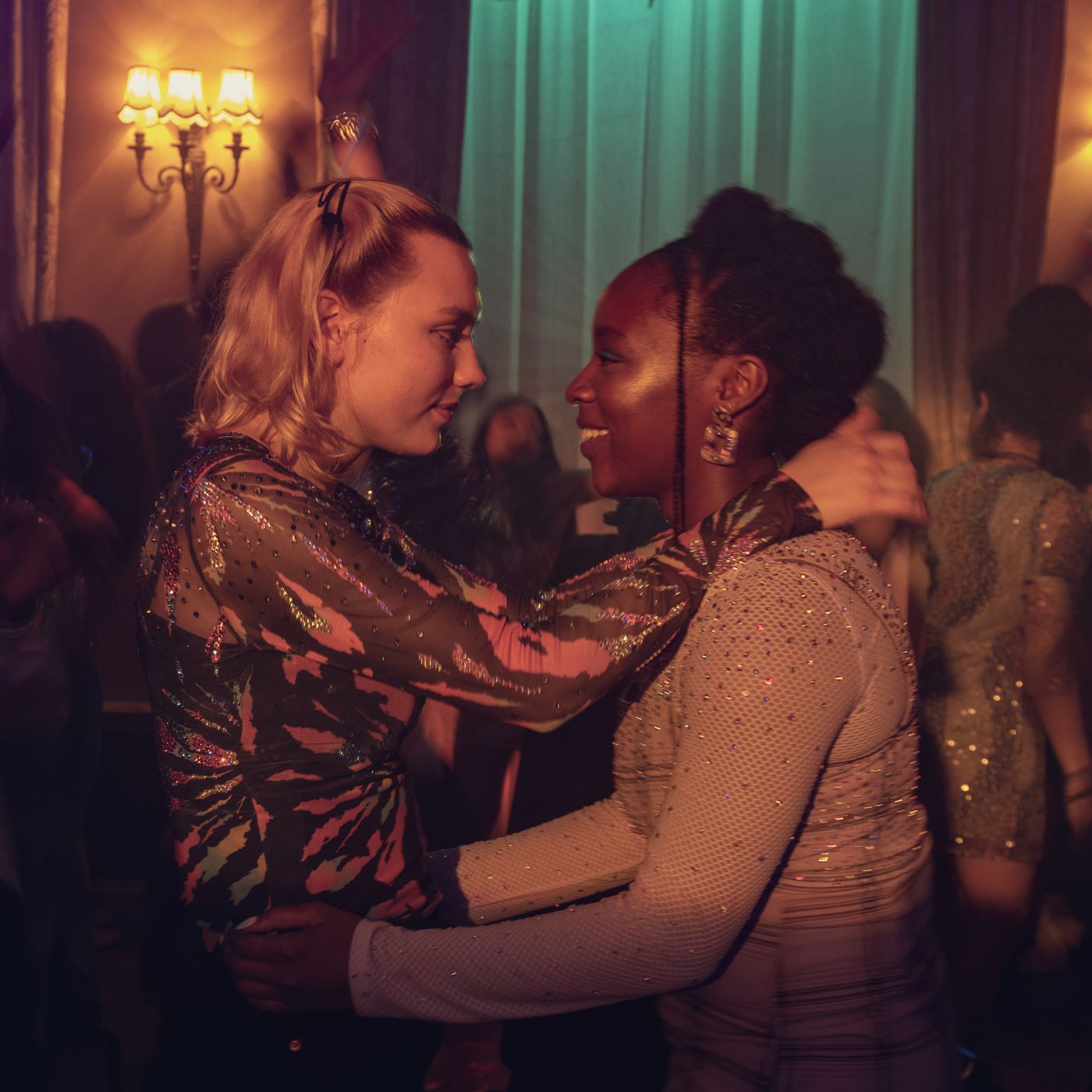
Women don’t have that same exotic label being people see female friends holding hands all the time. Women make out at parties or kiss each other on the lips as friends plenty of times. They passionately hug each other and proclaim their love for each other all the time, so there is nothing “new” to see in a WLW show or movie. Seeing two male friends do the same thing is an anomaly, making seeing that on the big screen that much more powerful. However, people miss the emotional nuances in WLW content and the fact that two women can be romantically and sexually attracted to each other without it being a “phase” or without them sexually experimenting. It would be easy to say that we need more WLW content and leave it at that. But clearly, no matter how much WLW content Hollywood produces, it does not get nearly the same viewership or box office opens as MLM content. The only time a WLW show goes viral (such as Orange is the New Black (2013-2019)) is because the plot involves something other than the relationship between two women. Rarely are there ever any movies or TV shows that focus solely on the relationship between two women.
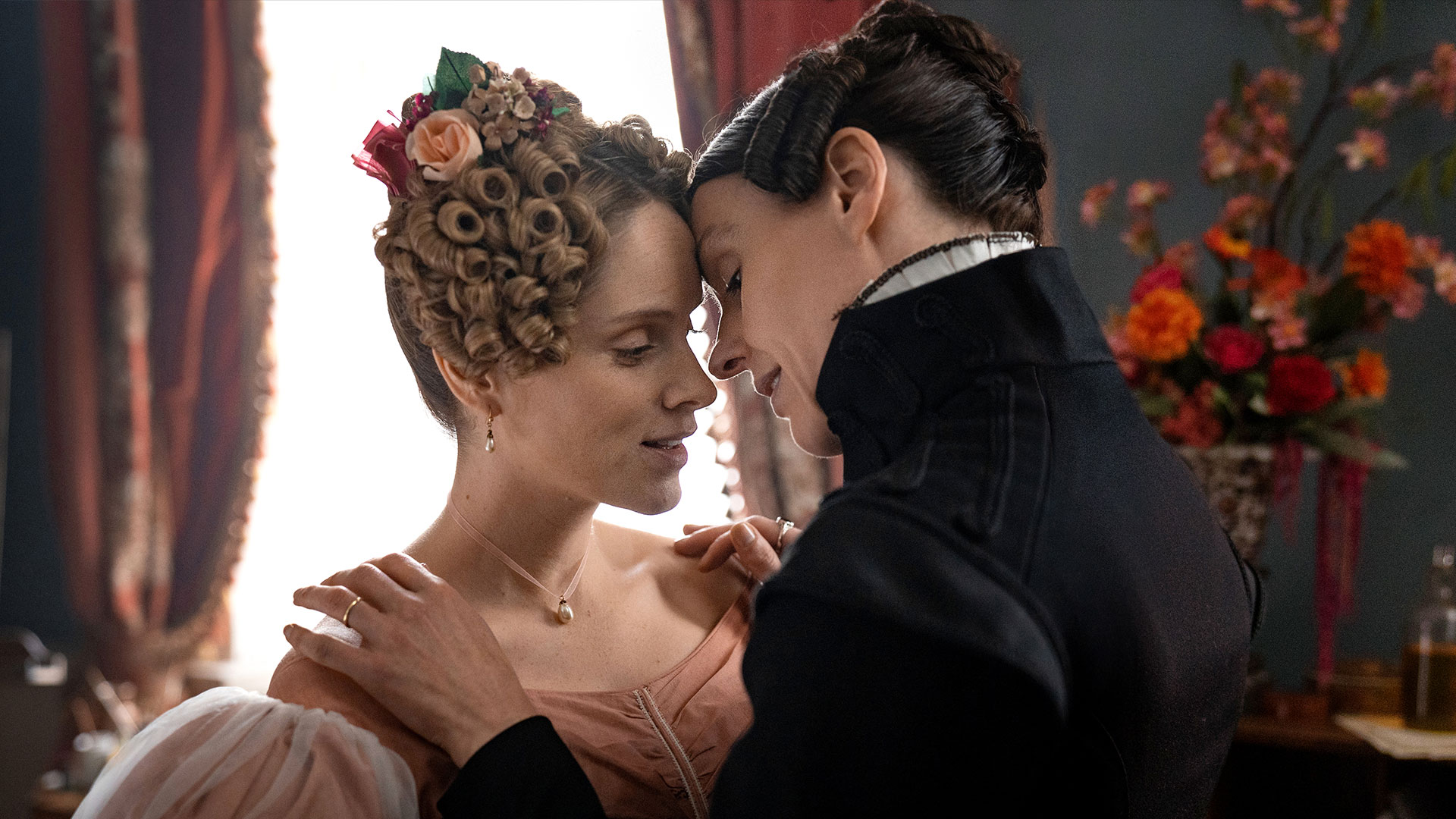
Therefore, what we need is more marketing for WLW content. We need more articles, more social media interactions, more viral Tweets, more promotion for WLW content just as people do for MLM content. WLW content needs to be marketing to people outside of the community without sacrificing the soul of the show or movie. With a wider demographic comes more free promotion, and with more promotion comes bigger box offices, and with bigger box offices comes more WLW content. It’s a positive feedback loop, and the thing to spark that loop relies on marketing and promotion.
WLW deserve to see their community onscreen, and they deserve to see people other than those in their community talking about it. They deserve shows and movies that are beloved by everybody, have trending hashtags on Twitter, and have countless Instagram accounts devoted to the main relationship. MLM content is certainly populated by homophobia, toxic masculinity, and tragedy porn, but mainstream MLM content nowadays is providing some of the best representation of the queer community. WLW deserves the same and to stop being ignored and downplayed by society.
